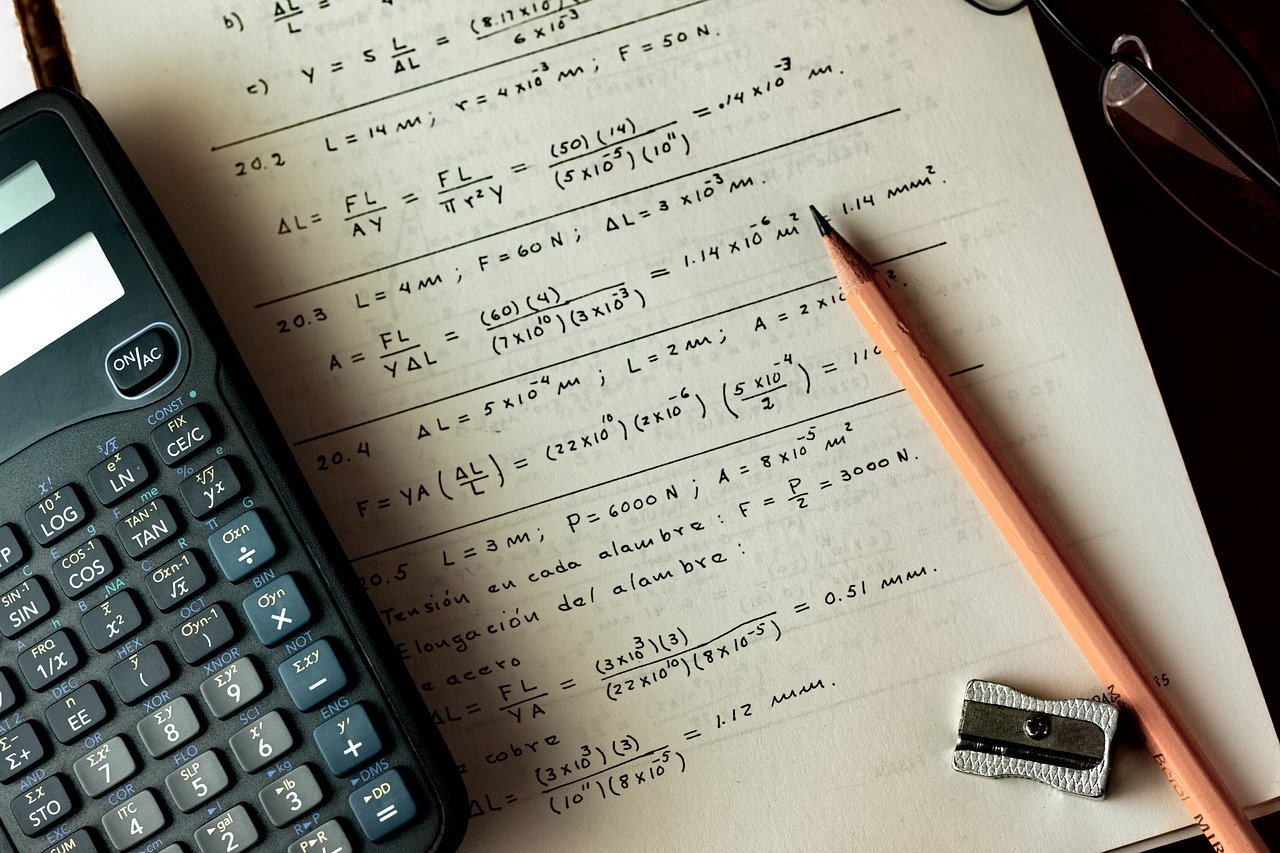Math can be a difficult subject for many people. It can be hard to understand the concepts and see how the different formulas apply to real-world situations. However, with a bit of practice and some helpful tips, you can start to understand math better.
This blog post will give you some strategies that will help you improve your understanding of math. We will also provide some examples to help illustrate these concepts. Let’s get started.
Don’t Be Afraid to Ask for Help
If you’re really struggling, don’t be afraid to ask for connect math homework help. There’s no shame in admitting that you need assistance. The sooner you get the help you need, the better.
One of the best places to get help is from a tutor or teacher. They can sit down with you one-on-one and help you work through the problems you’re struggling with. If you don’t have access to a tutor or teacher, there are plenty of other resources out there that can help. There are websites, books, and even apps that can give you the assistance you need.

Understand the Basic Concepts of Math
One of the first things you need to do is understand the basic concepts. This may sound obvious, but a lot of people try to learn math without having a strong foundation in the basics. If you don’t understand the basics, you’ll likely struggle with more difficult concepts later on. So, take some time to review basic arithmetic, algebra, geometry, etc. before moving on to more difficult topics.
Practice, Practice, Practice
Another tip for understanding math better is to practice a lot. A big part of math is being able to do calculations quickly and accurately in your head. The only way to get good at this is through practice. So, whenever you can, try doing some mental math exercises. It may be helpful to carry around a small notebook so you can jot down calculations to do later.
Over time, you’ll find that you’re able to do more and more math in your head, and it will become easier and easier.
Break Down Complex Problems Into Smaller Parts
 When you’re struggling with a particularly difficult problem, one thing you can do is break it down into smaller parts. This will make it much easier to solve. For example, let’s say you’re trying to calculate the area of a rectangle. You know that the formula for this is A = lw (where A is the area, l is the length, and w is the width). But if you don’t know what l and w are, it’s going to be very difficult to solve for A.
When you’re struggling with a particularly difficult problem, one thing you can do is break it down into smaller parts. This will make it much easier to solve. For example, let’s say you’re trying to calculate the area of a rectangle. You know that the formula for this is A = lw (where A is the area, l is the length, and w is the width). But if you don’t know what l and w are, it’s going to be very difficult to solve for A.
However, if you break the problem down into smaller parts, it becomes much easier. You can start by finding l (the length) and then finding w (the width). Once you have both of those values, you can plug them into the formula and solve for A.
It may seem like a lot of work to break down complex problems into smaller parts, but it’s really the best way to understand and solve them. So, next time you’re struggling with a math problem, try breaking it down into smaller pieces. You may be surprised at how much easier it is to solve.
Take Breaks and Relax Occasionally
Don’t forget to take breaks and relax occasionally. It’s essential to stay focused when you’re working on math, but it’s also important to give your brain a break every once in a while.
If you’re feeling overwhelmed or frustrated, step away from the problem for a little while and come back later. You may find that you have an easier time understanding the problem after taking a break.
Reward Yourself for Your Accomplishments
Finally, don’t forget to reward yourself for your accomplishments. Learning math can be challenging, so it’s important to celebrate your successes along the way. Whenever you accomplish something, …

